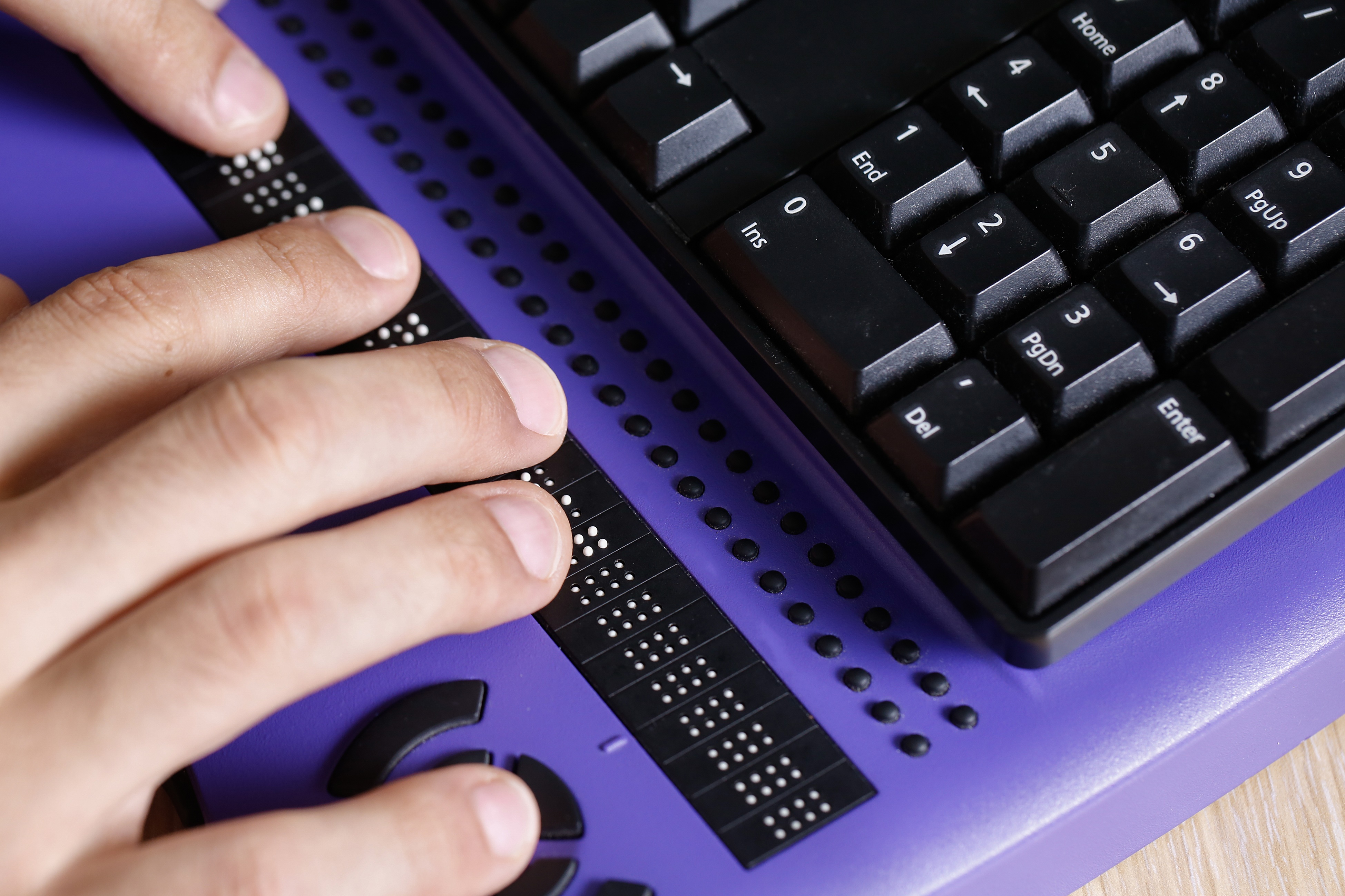Inclusive Technology: Blind and Vision Impaired

There is no 'typical' vision-impaired student: the impairment may be the result of a range of conditions and its impact will depend on the type, extent and timing of vision loss.
The impact of the impairment on learning will vary significantly according to the nature and extent of vision loss: some students will have been born without vision, others will have lost it gradually; some will have no vision at all, others will have some vision, be light-sensitive, or have limited peripheral vision. It is also possible that vision and light-sensitivity will fluctuate day-to-day.
Students may require adjustments and assistive devices to facilitate access to education. An adjustment may be as simple as a seat near the front of the class, but most students use assistive technology (such as closed-circuit TV, screen-magnification or screen-reading software) to enable them to read and access the internet.
There are a wide range of technologies relevant to the general category of vision impairment. Some students might use magnification, glare removal and other visual enhancements to access information using their vision. Students with more limited functional vision may require the use of screen reading technology and/or audio book player to access their studies.
Students who are blind also vary in the kind of technologies they use. Many with congenital blindness, or who have been blind since an early age, will have learnt braille during their schooling and are therefore more likely to use braille as well as screen reading technology. Students who have acquired blindness in adult life, however, are less likely to have learnt braille but may have experience using screen reading and/or magnification technology.
Students who are unfamiliar with inclusive technology may benefit from being referred to Vision Australia for assessment of their technology needs.

